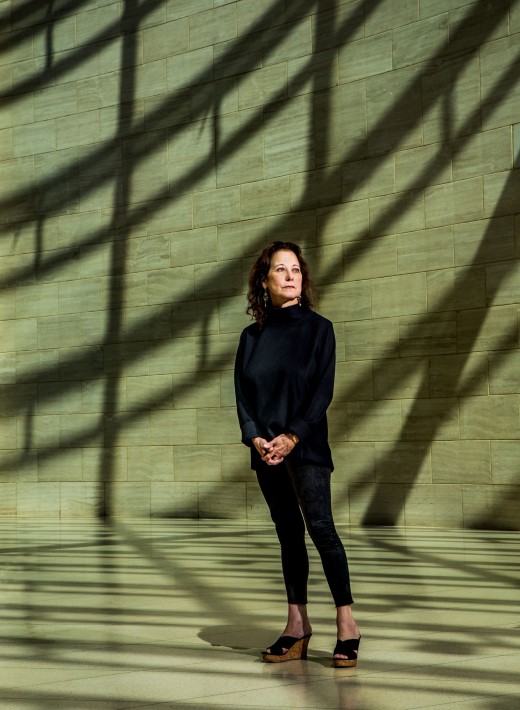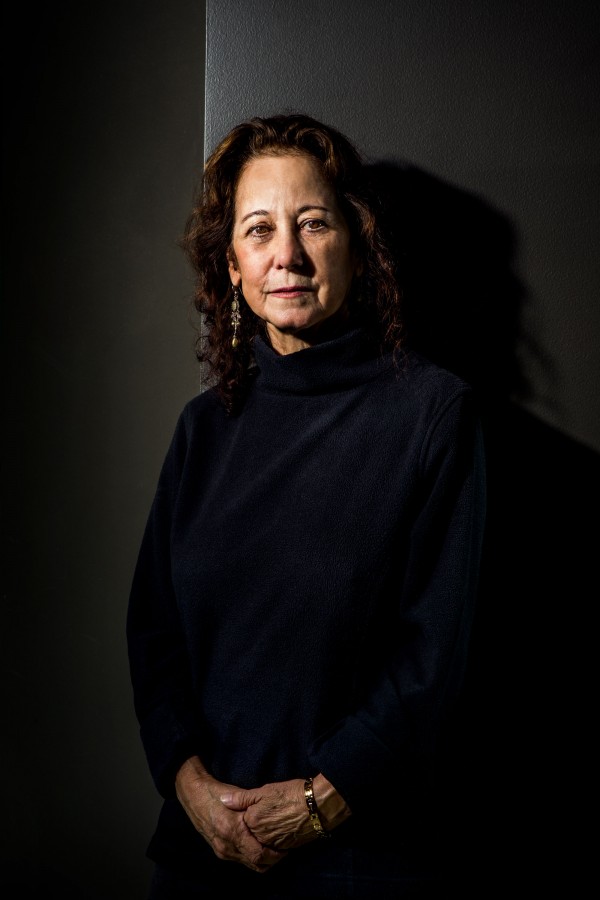VENEZUELA, CAMPO DE CONCENTRACIÓN: “Las tonalidades más crueles de la maldad…” Gustavo Tovar-Arroyo
DolarToday / Oct 20, 2018 @ 1:00 pm
“He conocido la maldad”
Leopoldo López
La injusta cárcel
Conozco a Leopoldo López desde la adolescencia. Pese a que siempre se destacó por su agudeza intelectual y cultura, no era precisamente un joven de biblioteca, todo lo contrario, era un tenaz aventurero. Siempre fue inquieto y temerario.
Lo recuerdo especialmente por sus aventuras extremas y porque como deportista siempre exploraba experiencias muy complicadas en solitario, esas que exigen a un individuo un máximo esfuerzo de resistencia mental, tenacidad física, concentración y disciplina. Paradojas del destino, esas experiencias extremas de la juventud, que lo mantuvieron varias veces al límite entre la vida o la muerte, lo habrían preparado para la más cruel e inhumana de todas sus experiencias: la injusta cárcel.
Los cubanos no pudieron doblegarlo, todo lo contrario, lo convirtieron en un emblema mundial de resistencia a la infamia chavista.
“He conocido la maldad”
Años de amistad nos han permitido a Leopoldo y a mí entablar conversaciones de todo tipo, siempre fuimos oficiantes del ritual del diálogo: filosofía, política, historia, paisajes venezolanos, excursiones extremas, arte, han sido tópicos recurrentes, aunque invariablemente la conversación más crucial e inspiradora siempre ha sido y será la desafiante urgencia de reinventar a Venezuela, máximo desafío de nuestra generación que ahora a todas luces se ha convertido en la aventura más extrema de nuestras vidas.
Cuando Leopoldo salió de Ramo Verde me mandó un mensaje de voz en el que me decía: “He conocido la maldad, la más despiadada y cruel forma de malicia humana”, supe de inmediato que su experiencia debió haber sido inimaginablemente desgarradora y execrable, que Leopoldo había conocido el verdadero y más perverso rostro del chavismo y su importada perversidad castrista.
Aquellas palabras no las olvidaré jamás.
El peor enemigo del hombre
Estoy en Varsovia, me siento a escribir esta entrega en un café del casco histórico del reconstruido Old Town, ciudad que quedó literalmente hecha ceniza después de los ataques nazis y de la bestial retaliación que sufrieron los polacos por su intento de insurrección. Uno no puede creer posible que tanta belleza urbana –hasta hace pocas décadas– había sido polvo, ruina y deshecho humano.
Acabo de transitar las inverosímiles memorias de los campos de exterminio en Auschwitz. Fue una experiencia de pavor y asfixia, amargadísima. Mi imaginación, lo reconozco, no estaba preparada para tanto horror. Hubo momentos en los que sentía que me desmayaba. No cabe duda: el peor enemigo del Hombre lamentablemente ha sido el hombre.
¿Cómo se puede ser capaz de tanta maldad?
Lo llaman crímenes de lesa humanidad
Visitar Auschwitz en las actuales circunstancias venezolanas fue doblemente penoso y desconsolador, entendí muchísimo de nuestro drama. La monstruosidad humana no es nueva, es histórica. Los juristas la llaman “crimen de lesa humanidad”; los pueblos las padecemos y llamamos esclavitud, ruina, destierro. Son heridas de desolación tatuadas en el alma de la civilización.
No pude evitar asociar el sufrimiento de nuestros presos políticos, la mayoría de ellos amigos míos, mientras anduve las penosas mazmorras de Auschwitz. Salvando las inclementes diferencias entre las dos agonías, sentí el sufrimiento, llanto y desesperación de nuestros presos de conciencia, su desesperanza, su frustración, su dolor.
La maldad es universal, sus métodos también lo son.
Entre la púa y la ceniza
Sin embargo, la maldad tiene tonalidades. Las vi en Auschwitz. Intenté escribir un poema –la poesía es la más fidedigna representación verbal de las lágrimas del alma–, pero no pude. La realidad era atrozmente poética, sólo había que describir no metaforizar. Las metáforas pecarían de impostoras. Aquí la poesía está maldita.
La primera imagen que uno encuentra de las tonalidades crueles de la maldad es la púa. El campo de exterminio está cercado por miles de kilómetros cuadrados de enrejados de púas, Cruzando la puerta de ese infierno los tonos de la crueldad, como en Venezuela, se intensifican. Hacinamiento (como en Venezuela), trato cruel (como en Venezuela), asfixia por ahorcamiento (como en Venezuela), ahogo en agua (que tanto los nazis como los comunistas llaman “suicidio”, como en Venezuela), fusilamiento (como en Venezuela), aislamiento en recámaras sin aire (Bloque 11 en Auschwitz, La Tumba en Venezuela) donde cuatro reclusos permanecían apretadamente parados por horas hasta que de la desesperación se devoraban a mordiscos entre sí para alcanzar mayores migajas de aire. La más oscura, intensa y fatal tonalidad de la maldad es la cámara de gas y el crematorio, donde el “enemigo” queda reducido a ceniza (sí, a polvo como entregaron a Oscar Pérez y sus compañeros).
Entre la púa y la ceniza, descubrí las tonalidades más crueles de la maldad.
Campo de concentración: Venezuela
Le escribí a Leopoldo estando en Auschwitz. Le quería contar lo que había visto, decirle que ahora entendía las dimensiones de su comentario sobre la maldad. Venezuela tiene su propia herida de maldad tatuada en el espíritu. Y sí, decirle que el chavismo había convertido a todo el país en un campo de concentración, una nación entre la púa y la ceniza, sometida al hambre, la asfixia, la enfermedad y a todas las tonalidades del crimen inimaginables: queman gente viva, mutilan, la suicidan, ahorcan, dejan cruelmente a una nación y a sus niños sin comida ni medicina, todo por una creencia cruel, todo por una monstruosa necesidad de doblegar a quien no es chavista, esa peste.
Creo que la maldad nos ha sido impuesta por cubanos herederos de prácticas estalinistas y nazis, perfeccionadas por ellos, no es venezolana, en todo caso, la maldad venezolana es chavista.
Cuando liberemos al país, la erradicaremos.
La maldad o la libertad
También quería confirmarle a Leopoldo desde Auschwitz que su sacrificio y resistencia no fueron en vano, hubo y hay un gran despertar mundial de la conciencia, vital para la urgida liberación nacional. Por último, quería decirle que sí, que reinventaríamos al país, que así como había visto las tonalidades de la maldad había visto la reconstrucción de naciones, pero sobre todo que había visto resurgir el espíritu humano desde las cenizas. Y esa aventura: la reinvención de Venezuela, la más sublime y desafiante de nuestras vidas, pese a las heridas y las torturas, pese a las experiencias extremas y el dolor, está intacta. Nunca jamás podrán doblegar nuestro inmenso anhelo de reinventar a Venezuela, por más castristas o chavistas que sean. Nunca jamás su maldad podrá derrotar nuestro sueño de libertad. Nunca.
No es poesía, lo vi, lo encarnamos, estamos intactos, seguimos…










